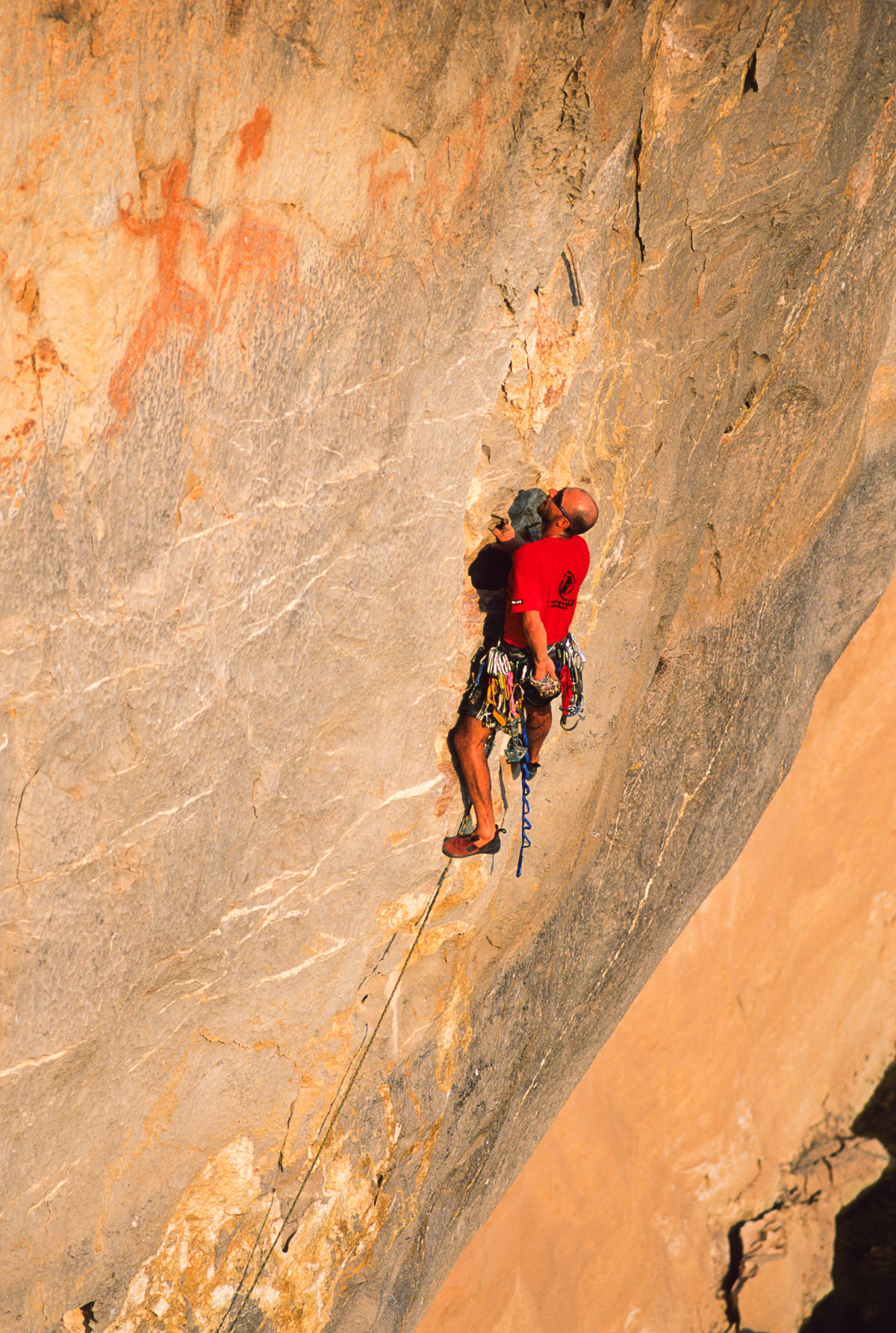
17 May 1999 Millet Laos Climbing Expedition
As appeared in Rock & Ice issue #93 cover story – June 1999. Text by Will Hair.
Download Topo Map to Eagle Rock Here
Laos Climbing
In the remote reaches of Northern Laos, Laung Prabang province, the mighty Mekong River carves a grand path through the rugged mountains. Deep in the heart of Laos, a clear flowing river named the Nam Ou tumbles down out of the mountains to join the Mekong. Like a fortress created by the gods, a towering wall of limestone rises above the Nam Ou, announcing the rivers’ entry into the Mekong. The golden wall soars over 600 feet above the river and has for centuries been a sacred stopping point for voyagers traveling along these two rivers. The rock is stunning with streaks of bright orange, yellow and black highlighting its many features. It was to this remote corner of the world that we had ventured in hopes of establishing the first climbing routes in a country that had only recently re-opened its doors to the western world.
Two pitches above the Nam Ou River, I cautiously feed the rope out to Jose as he moves upward into new territory. The rock is wonderfully featured, but Jose moves slowly as parts of it look loose. As he nears a bulging overhang section he hesitates.
“Hey, Will, there is a bunch of bamboo stuck in the rocks up here. I’ll try not to knock any down on you as I climb through.” He yells down.
“How in the world did all that bamboo get up there?” I reply.
“I don’t know, but it looks pretty old and it’s wedged in the cracks really tight.” Jose responded.
Treading lightly, Jose continued on, adding another pitch to our first long route above the Nam Ou River. Along the way he followed an almost continuous path of bamboo sticks. It wasn’t until I followed the pitch that the enormity of what we had found sunk in. Examining the bamboo more closely, we noticed distinct markings on the wood that could only have come from human hands. It became obvious that someone had wedged these pieces of bamboo into the cracks as a means of ascending the wall. Looking around, we saw more bamboo disappearing into the heights above. Staring out across the Mekong River and beyond, we realized that we were not the first climbers to scale these cliffs. Centuries before an ancient group of people had climbed these walls and left their mark for future generations to see.
The country of Laos has had a sad history of colonization and conquest. For over 300 years Laos has been in an almost continuous state of conflict with Burma, China, Thailand and most recently the United States. Few people realize that from 1964 to 1973 Laos was a battlefield for a US led war our government has only recently acknowledged. We dropped more bombs on the people of Laos than any other war in history. The statistics are overwhelming. By 1973 our secret air force had flown over 580,944 sorties, and had dropped an average of one planeload of bombs every eight minutes, 24 hours a day, for nine years! That comes to over a half-ton of bombs for every man, woman, and child living in Laos. Coming from a country that had so recently mistreated these people, I was quickly overwhelmed by the amazing warmth and openness of the Laotians.
The idea to climb in Laos came from my photographer friend Dan Morris. For the past few years, Dan has traveled extensively throughout Southeast Asia climbing in and photographing many of the recently developed sport climbing areas in the region. Acting purely on rumors, Dan decided to check out Laos in search of climbable rock. For over a month in the spring of 1998, he wandered the interior, hitching rides on river barges and taking local buses into the mountains. He found extensive karst landscape throughout the country, but what caught his eye was a towering wall of limestone, Pak En Rock, that rose above the Nam Ou River, a tributary of the Mekong. Inspired by the warmth of the people and the beauty of the land, Dan went to work trying to organize a climbing trip.
A year later, in January of 1999, I found myself sitting on top of a bus heading out of Vientiane into the wilds of Northern Laos. Sitting with Dan and me was my old jungle climbing buddy Jose Pereyra, his girlfriend Danita McGee and Japanese climbers Yuka Endo and Tamotsu Sugino. With the help of Millet Asia Pacific, Dan had rounded up some sponsorship, gotten the necessary government permission and put together this international team. He had enticed us all (and convinced Millet to fully sponsor our expedition) with just a handful of photos of Pa En Rock.
As our bus passed through Kasi, the last village of noticeable size, and started to slowly churn its way into the mountains, I began to wonder about the feasibility of this adventure. We were on the only paved highway in the country, and it was considered dangerous. As recently as last year, bandits had sporadically attacked passing traffic. The 1996 Lonely Planet guidebook to Laos had gone as far as warning the trip along Hwy 13 past Kasi should only be taken by the fool-hardy.
“Hey, Dan, is this a suicide mission or what? Why didn’t we just fly up to Laung Prabang?”
With a smirk Dan answered, “I flew Lao Aviation last year and I swore I would never do it again. It’s considered one of the most dangerous airlines in the world, and its pretty mountainous up where we are going.”
Accepting Dan’s reasoning, I sat back in my crazy creek chair and started scanning the surrounding hills for signs of rebels. The road to Laung Prabang was slow and winding, and I figured I might as well enjoy the ride.
Late that night we arrived in Laung Prabang. It was as picturesque as an Asian town could be. Nestled alongside the Mekong River and surrounded by densely forested mountains, this sleepy town had once been the ancient capital of Laos. Over thirty Buddhist temples were scattered throughout the city, and UNICEF has recently designated the city as a World Heritage site. In the last several years, it had become a hot destination for intrepid travelers and the town was filled with guesthouses, restaurants and souvenir shops.
Most intriguing of all was the crumbling colonial French atmosphere that still hung in the air like a ghost from the past. The French had colonized Laos over a century ago, and around the turn of the century, it was the little Paris of the East. Old French colonial style buildings stood next to glistening temples while an amazingly diverse ethnic population wandered around the dusty streets. French traditions die hard though, as baguettes and coffee were still the norm for breakfast. Hanging out in Laung Prabang for a few days and gathering provisions was definitely an enjoyable experience.
From Laung Prabang, the next stage in our journey was a slow barge ride up the Mekong to its confluence with the Nam Ou River. We were all anxious to see the wall that we had traveled half way round the world to climb. As we churned up the river at an incredibly slow pace, our anxiousness only grew. The scenery was stunning though, and we relaxed on the roof of the barge as we passed small villages and temples tucked away along the banks of the river.
After two leisurely hours, the clear waters of the Nam Ou entered the Mekong from the west. Rounding the corner, a wall of limestone suddenly rose up before us. We could hardly contain our excitement as we all visualized lines and potential routes. Pulling ashore on a beautiful white sand beach below the village of Ban Pak Ou, a small crowd assembled around us as we unloaded all our gear. Our plan was to camp on the beach for the next three weeks as we put up routes on the wall just across the river.
Our first order of business was to meet with all the village officials and secure permission to camp in their village. Assembling under a big shade tree in the middle of the village, we met with a number of important government officials. Luckily, Millet had provided us with a Lao translator/guide, and he served us well at the official meeting. As the first sport climbers to visit Laos, we wanted to do everything right and it was important that we had the blessing of the local people.
Following the ceremony, the entire village followed us down to the beach and watched as we set up camp. Within a few days our camp had become the focal point for villagers from miles around. The people of Ban Pak Ou, realizing the honor of having us stay in their village, erected a fence around our compound, built a basic shelter and posted local men as guards round the clock.
These thoughtful gestures proved to be very helpful as we left our tents unattended during the day and on re-supply excursions to Laung Prabang.
Deciding where to put up the first routes on a virgin limestone wall where every inch of it looks amazing is not easy. Basically we had two choices: a towering 600-foot wall rising directly off the river that the locals called Swallow rock, and a smaller 200-foot wall set back in the jungle directly across from our camp that the locals called Eagle rock. Since we still had the barge that we had hired, we decided to utilize it and try to bolt routes on the big wall first. Little did we realize that bolting would be the easy part, just getting the 50-foot long barge moored underneath the wall proved to be an epic of comic proportions. It was painfully funny watching Dan lose it as he tried in vain to get our Lao translator to somehow explain to the boat captain exactly where we wanted to go. When we finally did get the boat under the wall, we quickly secured it and decided to climb whatever lay above.
With Jose at one end of the barge and me at the other, we each started up the overhanging wall. Free climbing between hooks, threads and the occasional RB (removable bolt), we bolted two lines that afternoon. The routes were powerful and super steep and both turned out to be hard 5.12’s. The lower portion of the big wall was amazingly featured, but because it curled above our heads like a giant tidal wave overhanging up to 50 feet, we realized that everything we tried to bolt would be way hard.
After another day of trying to get our barge driver to position his boat below Swallow rock, we began to realize that exploring the beautiful orange wall set back in the jungle might be a better option. Eagle rock turned out to be a gold mine!
The entire wall was Rai Ley quality, and streaked with tufas, heucos and more. We had found our climbing Shangri-La, and over the next three weeks each member of our team took turns bolting routes on the wall. The juggy tufa routes went up first, and as our bodies became acclimated to the climate and rock, harder routes started going in. Tamo put up several amazing technical 5.13’s that stretched almost to the top of the 200-foot Eagle wall. Most of the routes fell into the 5.11 to easy 5.12 range though, and all were super fun to climb.
Rock climbing in a tropical environment always involves a bit of unexpected excitement and adventure. One never quite knows what to expect when putting up first ascents, but when its deep in the jungles of a third world country, anything can happen. One 5.11 that Jose bolted passed through a series of huecos that actually opened up into a cave system. A pair of beautiful white owls lived in the cave, and they would always fly out just when the climber least expected it. We named the route “Mind the Owls”, and hoped future parties would heed the message.
Another exciting episode occured when Dan tried to bolt a beautiful looking arete directly below an enormous beehive.
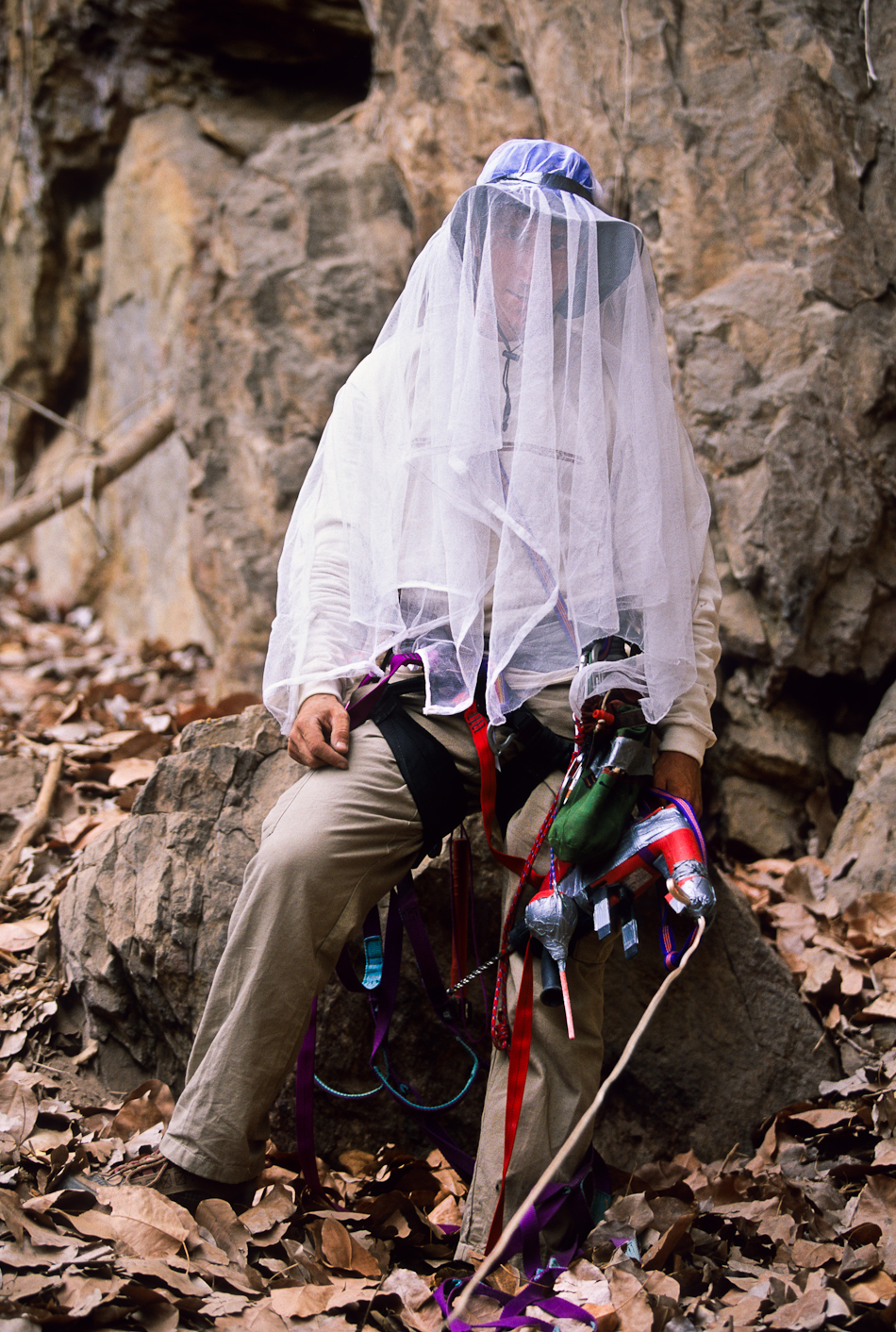
After several panicked bail outs due to swarming bees, Dan finally got his route completed. The most intriguing find, though, was Jose’s and my discovery of the carved bamboo sticks hundreds of feet up Swallow rock. The local villagers had no knowledge of any of their ancestors climbing the wall above the water, and we could only guess that the bits of wood were left hundreds of years before.
During the course of our three weeks camped beside the Nam Ou River, we were able to experience the ebb and flow of life along the Mekong River. The villagers of Ban Pak Ou were amazingly friendly, and we grew to know them as friends.
We would spend our evenings sitting around the camp fire with our guards, downing shots of Lao Lao (the local rice liquor) while munching on sticks of burnt buffalo skin. The guards captivated us with tales from their local lore. Their stories of rituals and superstitions were fascinating, and fueled by their ancient animistic beliefs. As the days passed, we slowly began to understand how these simple yet warm and happy people lived their lives.
By the end of January, the days were becoming warmer and mid-day sun too intense to climb. We had completed 19 routes ranging from 5.7 to 5.13b and had finished off most of our bolts. Life on our beautiful beach below Ban Pak Ou was beginning to lose some of its charm as hordes of people began to congregate daily to watch us climb. At first we were enchanted by the colorful hilltribe groups that descended on our camp by the dozens to stare in wonder at all our shiny gear. But the day that a boat load of fat German tourists from Laung Prabang landed on our beach, we knew it was time to leave.
Wanting to thank our hosts in some way, we asked our guide, Mr. Thavideth, what we could do for the village. It was decided that we would provide the funds, and a feast of food and drink for the whole village would be organized. What we thought was going to be a party, actually turned out to be a well wishing ceremony.
Following Lao tradition, we all gathered in the village square on our last night and prepared for a “Basi” ceremony. A band of local musicians played a variety of traditional instruments as village elders chanted blessings to our group.
Large amounts of Lao Lao were consumed, and we communicated through smiles and laughter. As the night wore on, villagers began coming forth, tying thin bracelets of string around our wrists. These simple bracelets were their way of wishing us farewell. Soon our arms were filled with the white strings, as one by one, the entire village reached out to give us their blessings. Although the “basi” strings would soon fade and fall from our arms, our memories of the warmth and friendliness of the villagers of Ban Pak Ou would linger for years to come.



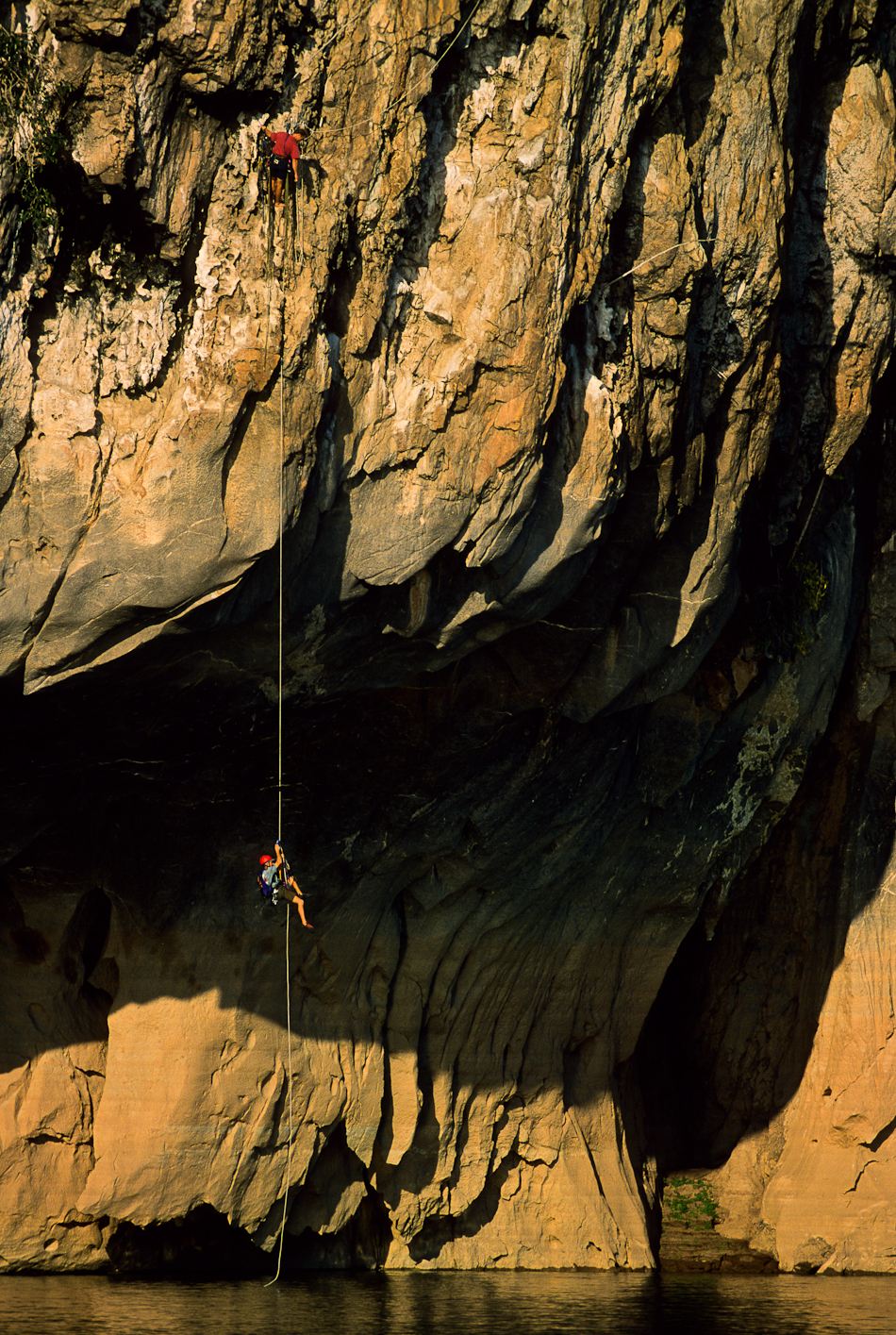
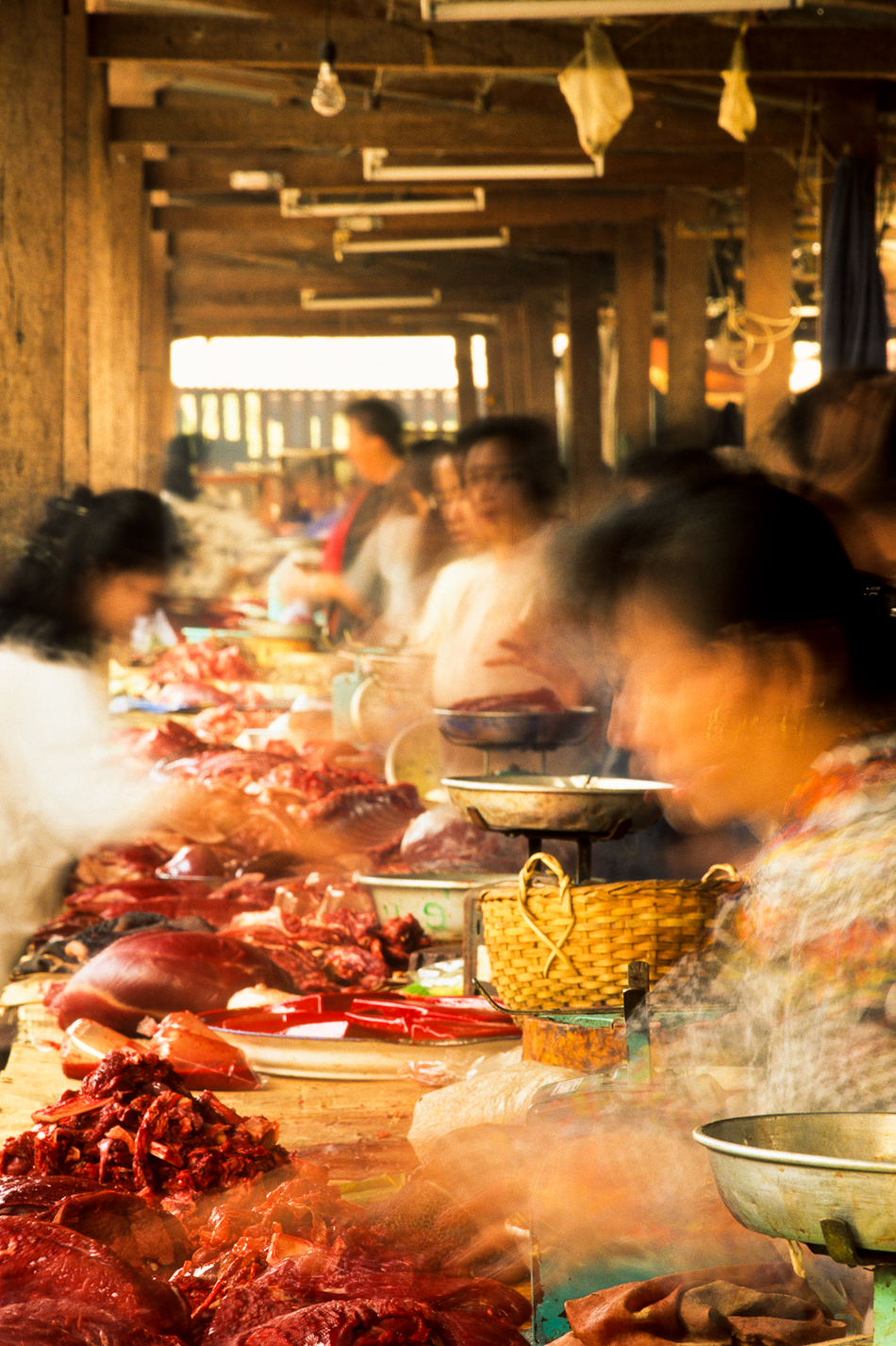
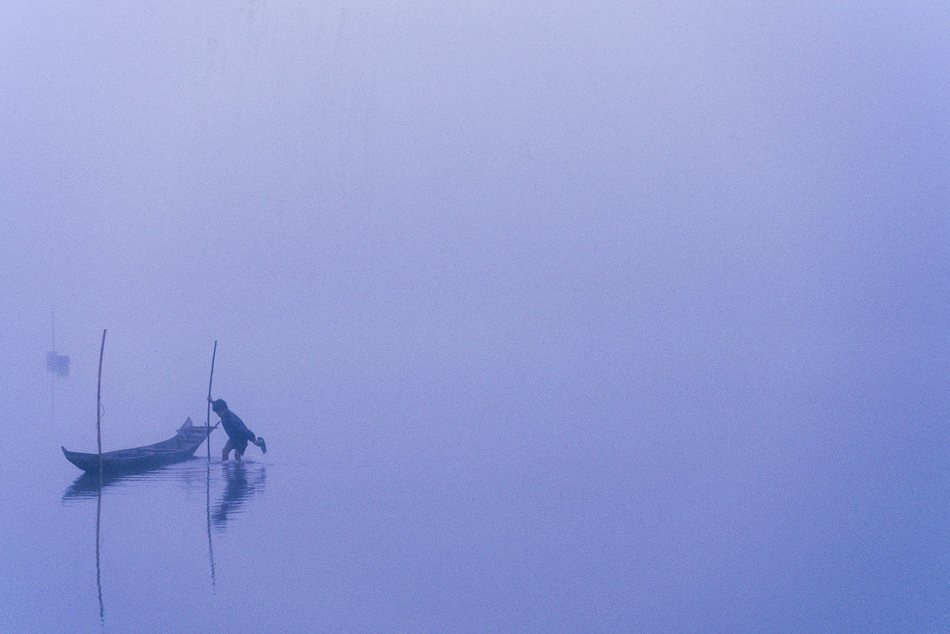
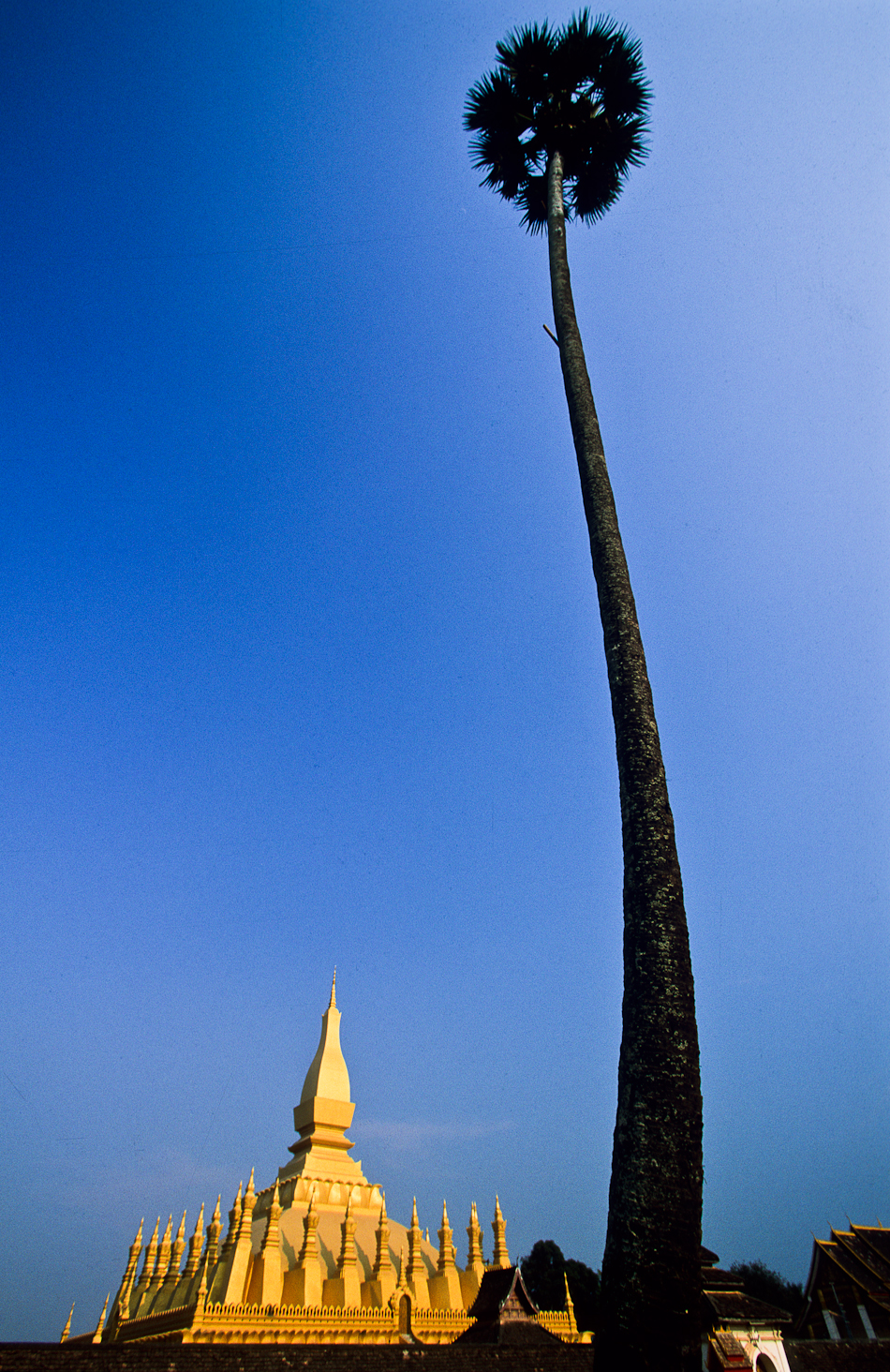
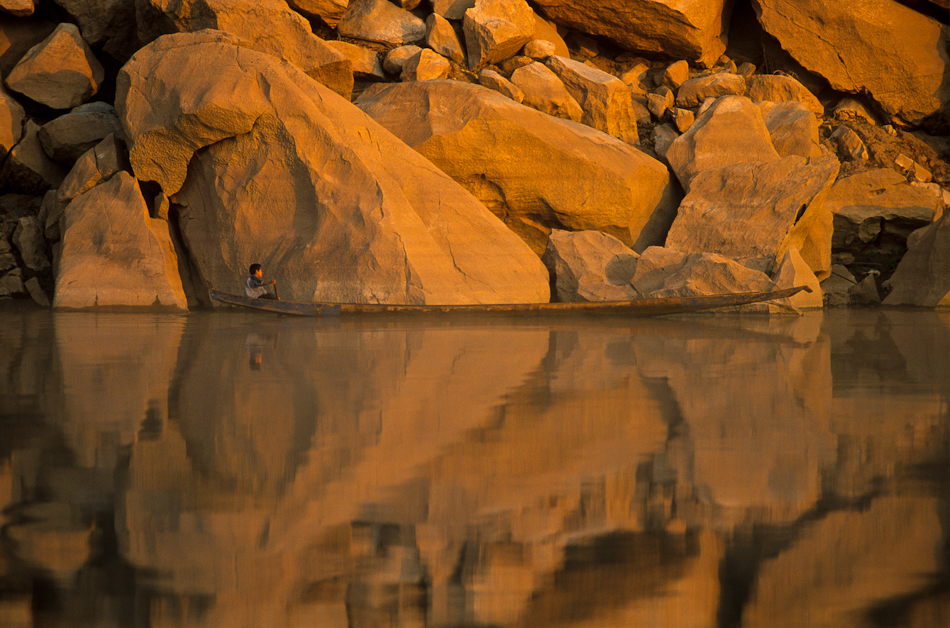
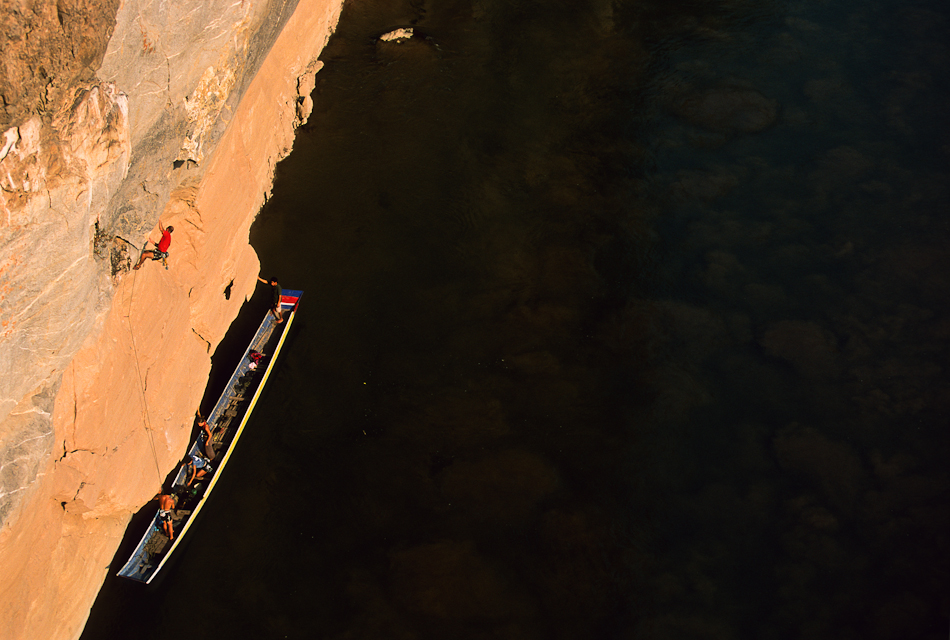
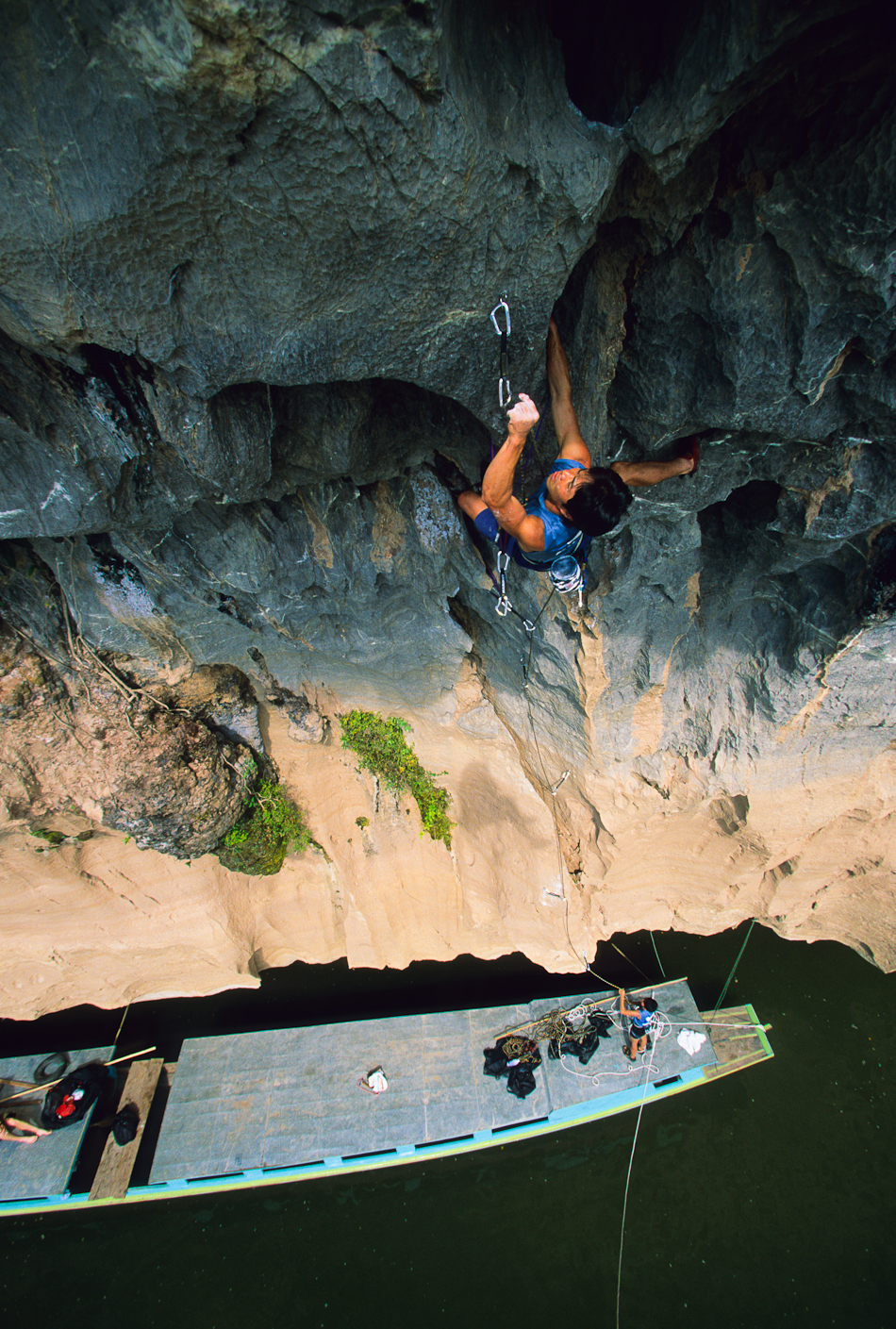
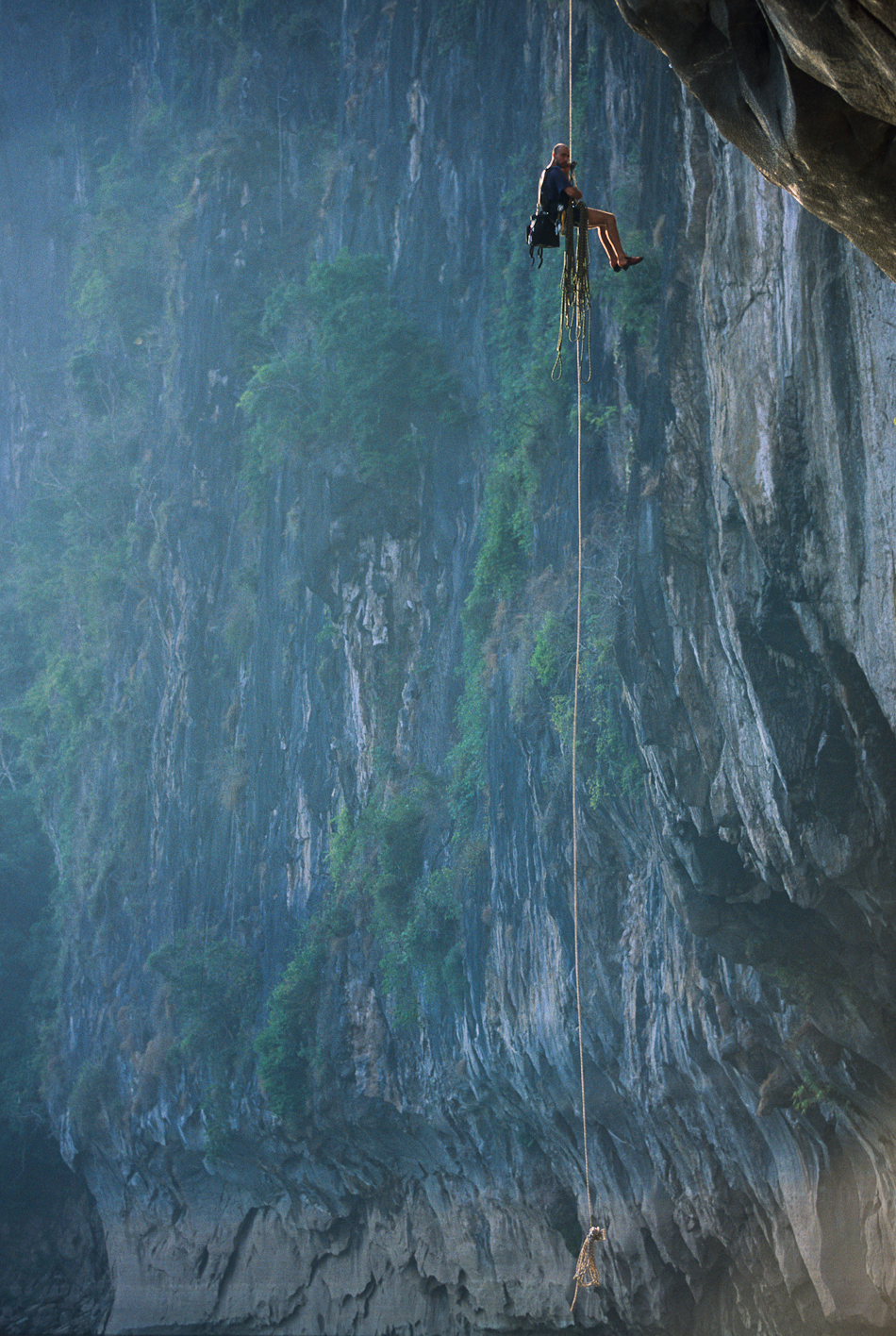
dan morris photography
Posted at 21:30h, 20 MayHi Eman –
Thanks for your comment. I’ve just posted the topo map for Eagle Rock. You can now find the link to the topo at the top of this post. If you don’t go to Laos, consider Chiang Mai, Thailand. My brother Josh runs Chiang Mai Rock Climbing Adventures with his wife Kat. Their website is http://www.thailandclimbing.com. Thanks and good luck!
Eman
Posted at 21:20h, 20 MayMorning,
Nice write up. My wife and I are considering a climbing/photography trip to Loas this September. Looks like a fun place.
If we don’t go to Loas, we will play on a new cliff in Borneo.
Eman
Climbing and developing routes
Indonesia